How Raoul Textiles Went from a Beachside Start-Up to a Designer Favorite
Sally McQuillan and her late husband, Tim, started Raoul Textiles in a prefab steel Quonset hut in Santa Barbara in 1981. The couple—she’s a painter who studied at the Art Institute of Chicago and he ran a restaurant—needed to support their young family, so they handprinted T-shirts and sold them on the beach. Soon, surfwear brands like Quicksilver came calling after they heard someone up the coast was hand-screening and could manufacture preproduction fabric samples. Billabong also signed up to fill the demand for its wild neon bleeds, and then Nike came along requesting bright prints on Lycra.
“We learned on the fly,” Sally McQuillan recalls of those early days. The company outgrew its Quonset hut long ago and ceased doing contract work in 2000 to focus full-time on its coveted textile line, which it produces using the same time-honored, low-tech handprinting and screening techniques that launched the business nearly 40 years ago.
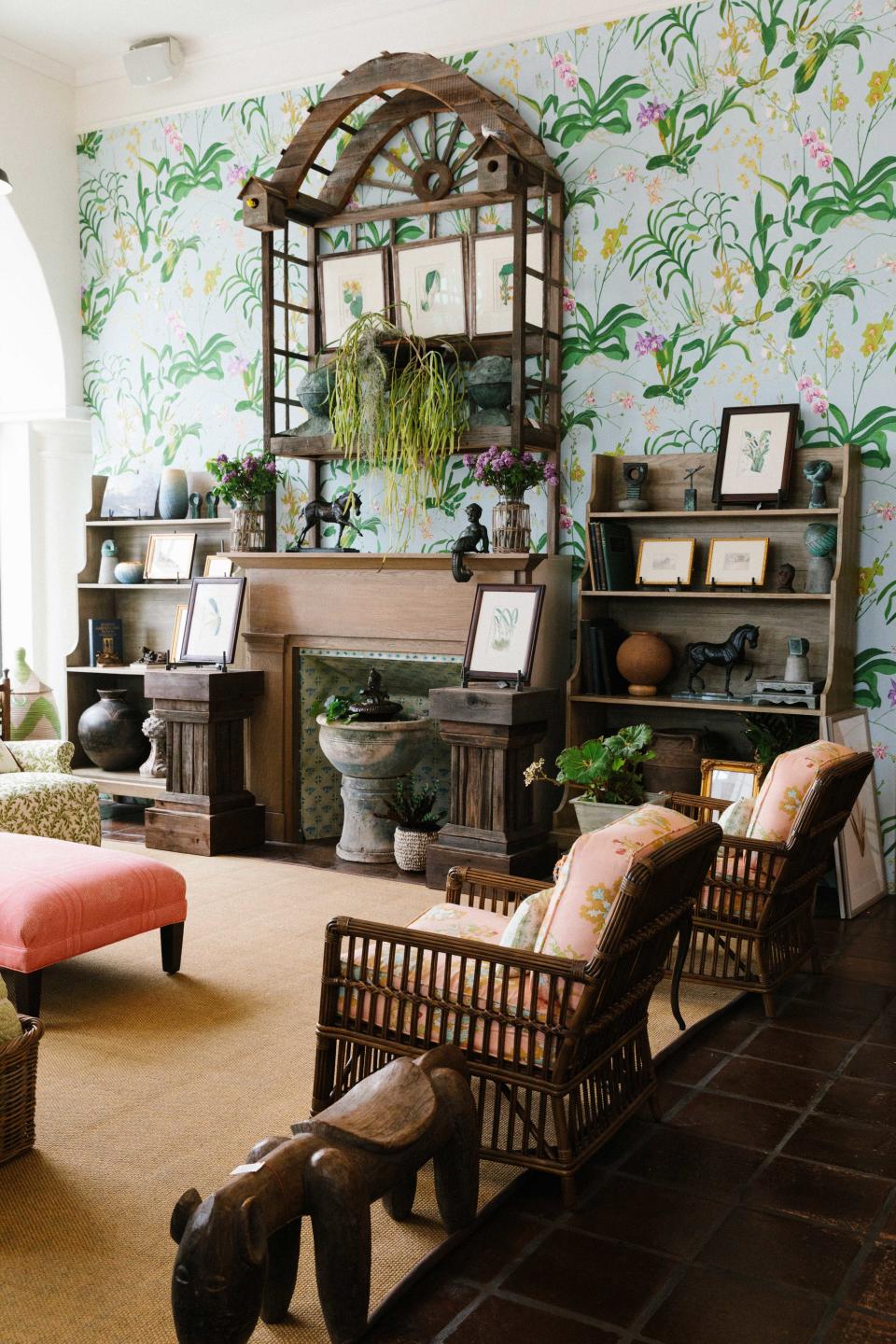
RaoulTextiles13
McQuillan, who has watched the textile industry evolve from a handcraft into a global digital endeavor where the push of the button has replaced the slide of a screen, says for her, the joy of the process is reflected in the final product. “I think the fact that actual human beings are pulling the squeegees makes for a prettier, richer piece of fabric,” she says. “When I see digitally produced textiles, I don’t see the vitality, a penetration of color, or the hand. Sometimes I feel like an old curmudgeon who constantly says, ‘Those were the days.’”
Adhering to those values of a handcrafted, locally made product not only gives McQuillan creative freedom but makes Raoul textiles a relevant luxury brand that’s thriving precisely because it’s nimble. It releases new designs annually, can print to order so it doesn’t have to stock inventory, and accommodates customization of the nearly 200 distinct prints and wovens in its textile library. It sources fabric from mills in Belgium, Italy, France, and Scotland, employs 20 people (many of whom have been with the company for more than 25 years), and 90 percent of its business is to the trade, with clients all over the world who order from showrooms in the U.S. and Europe.
It has developed a cult following and is attracting the attention of innovative brands like Firmdale Hotels, where Kit Kemp has used Raoul textiles in her hospitality designs, and old-world interior designers like Bunny Williams. In 2010, the brand opened its only retail showroom, in a historic building around the corner from its Santa Barbara factory. In 2014 it launched a furniture line called Engle & Deutch; next year it will launch its first wallpaper line, using Japanese paper and water-based inks.
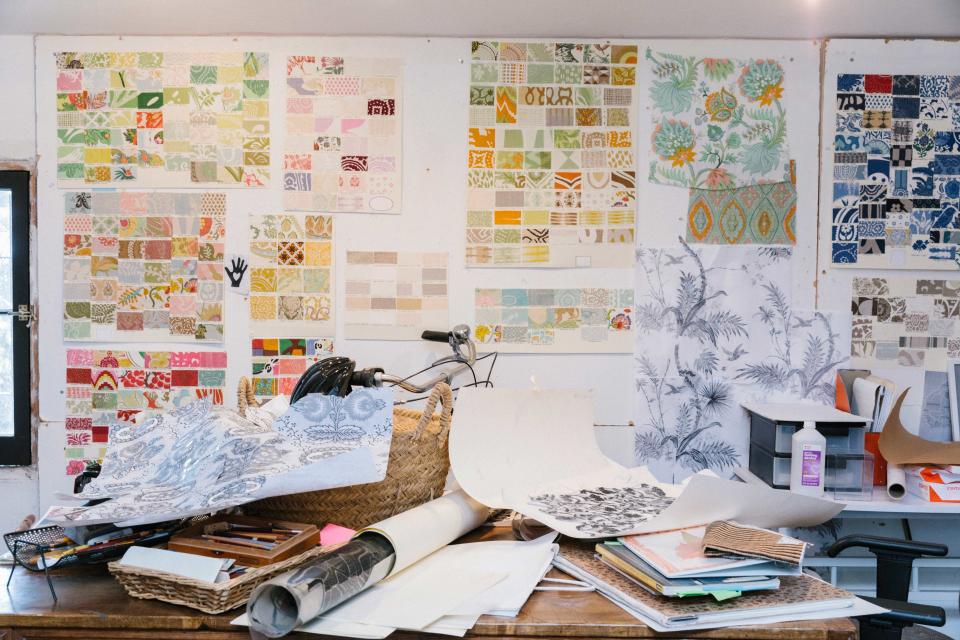
RaoulTextiles18
“We love Raoul,” says Elizabeth Lawrence, a partner at Bunny Williams. “We use them because they’re great at custom coloring, and there’s a timeless quality to their designs. They’re not too traditional. They’re not too modern. And we love that it’s a family-run business.”
Raoul Textiles is still very much a family affair. McQuillan’s children, Gene, 30, and Madeline, 34, spent their formative years beside their parents in the factory. “It was a messy childhood,” McQuillan laughs, referring to the hand-mixed, secret-recipe paints that produce the bold green for an elephant-leaf botanical called Exoticus, or the perfect shade of sulfur-yellow to make the graphic Suriname print pop. “When kids grow up in a business, the business becomes another member of the family,” she says. “So they grow up with respect for it, and now they work in a way that shows that they really care for it.”
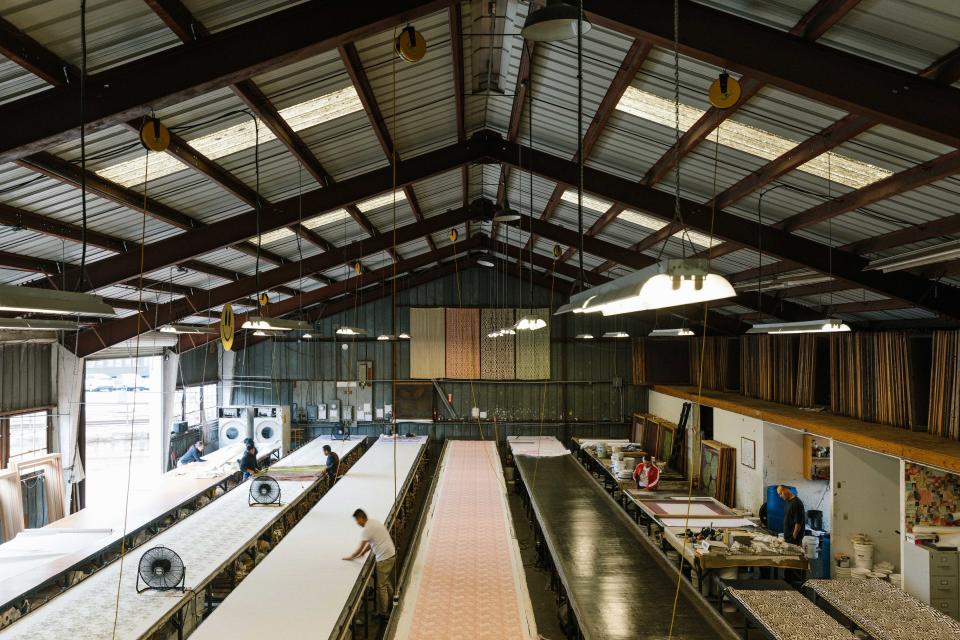
RaoulTextiles1
She and Gene are sitting in the back office of their Santa Barbara showroom, which serves as the art department. Sally’s dog Fergus, a scruffy terrier, naps on the floor, and every wall is covered with inspiration—botanical prints, books, African baskets, swatches of linen, and family photos. The latter is a poignant reminder that even after Tim died, in 2000, the children would continue to build the legacy business when they moved back to Santa Barbara to work alongside their mother. (Madeline started in 2009 and Gene returned in 2013).
“We have lunch together almost every day and we really enjoy each other’s company,” explains Gene, who studied textiles at Central Saint Martins and worked with George Smith furniture. “Since we’re family, I think that’s why we can accomplish a lot. We can be brutally honest. We don’t have to tiptoe around things. We’ve found our balance, and we know our strengths.”
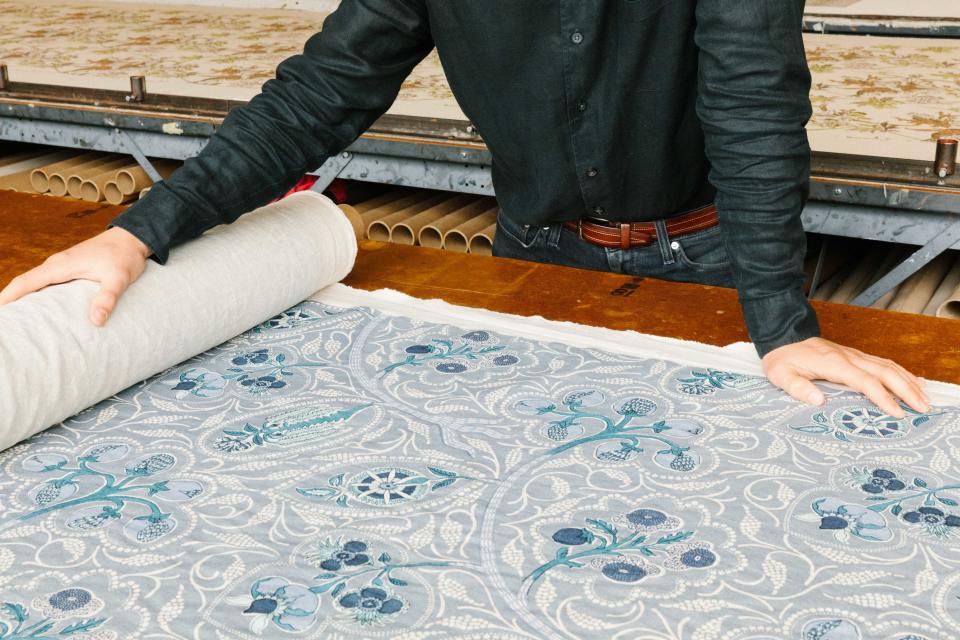
RaoulTextiles8
McQuillan is definitely what Gene calls “the design boss.” Her current pattern inspiration: the mysterious geometry of the Auricula flower, which has rosettes with unexpected color combinations that only Mother Nature can render. But he and Madeline also create their own designs that they shepherd through production each release. Gene focuses on the finances and works with the mills to produce their fabrics. Madeline is in charge of production and spends most days at the factory. She points out that manufacturing locally is part of the company ethos, and it also drives the aesthetic. “Our colors and our designs reflect where we live and work, here in Santa Barbara,” she says.
But the McQuillan’s are never interested in chasing trends or spending time networking within the design world. “That’s the nice thing about the company,” explains Gene. “We get to focus on the craft, take risks and design what we like.”
Adds Madeline, “We’re only interested in creating vibrant and exciting fabrics with unusual colors and bold prints because these are the things we want to see in our lives.”
How Raoul Textiles Went From a Beachside Start-Up to Cult Designer Favorite
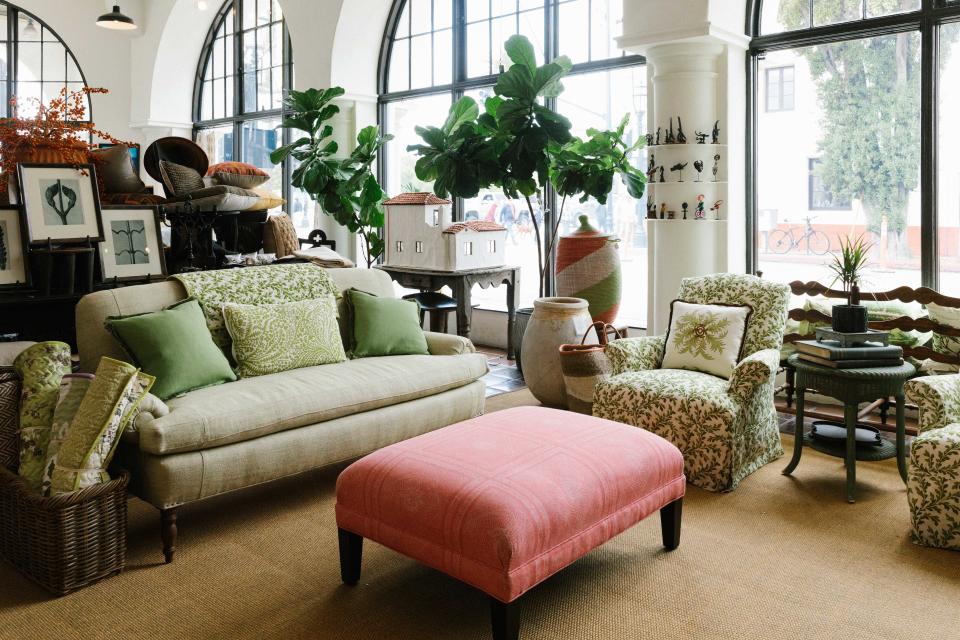
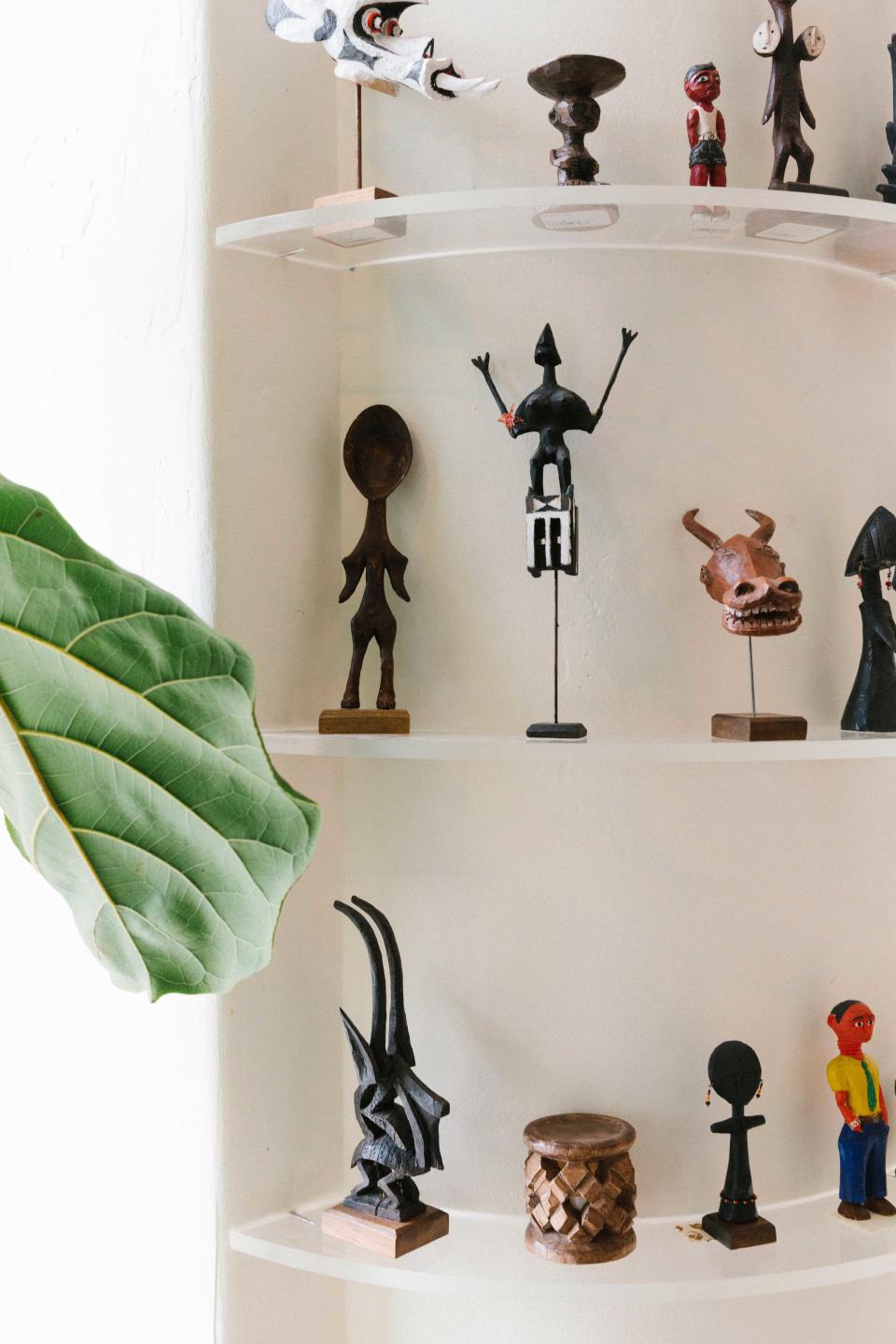
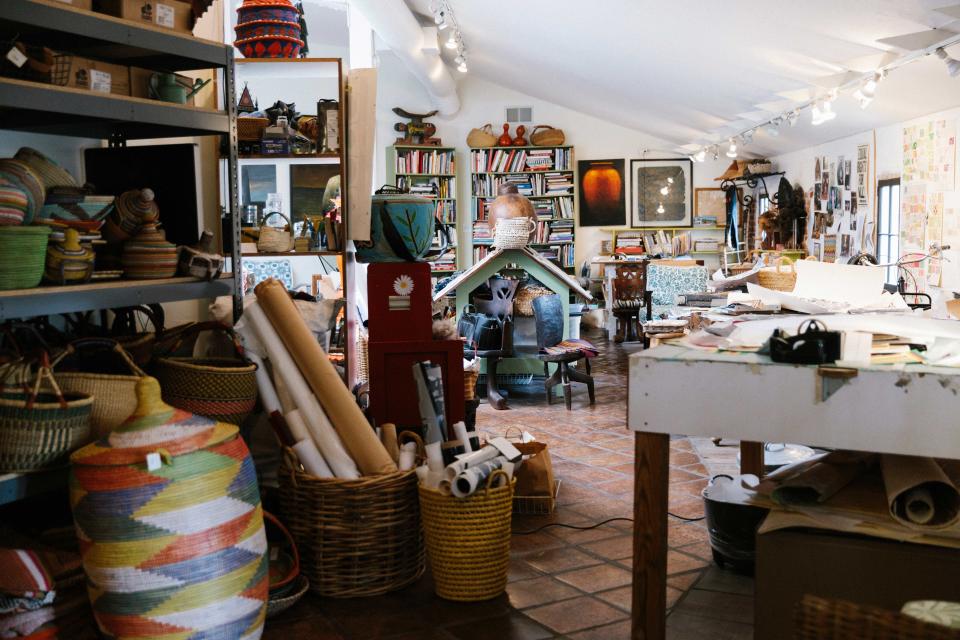
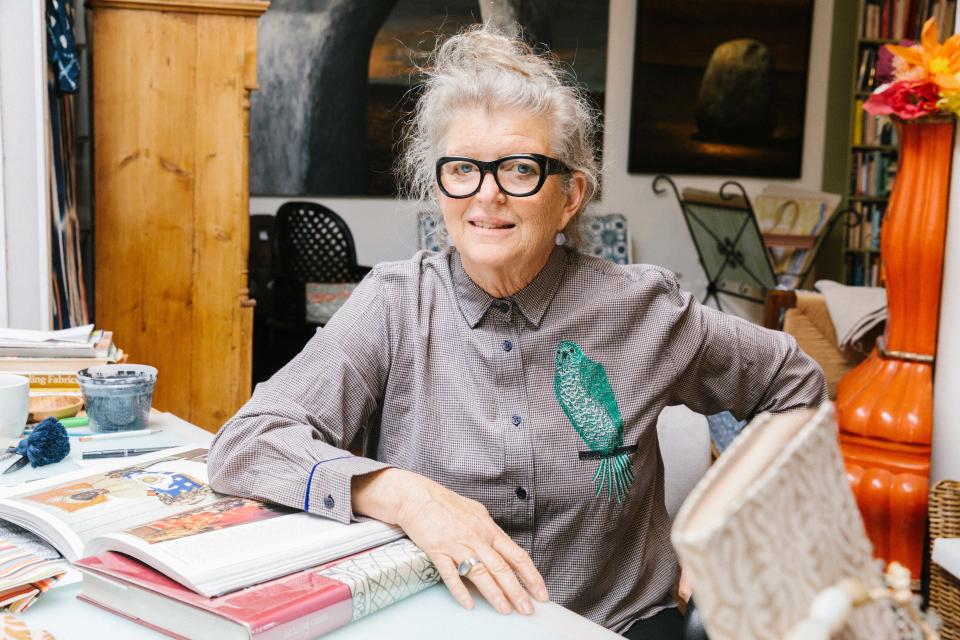
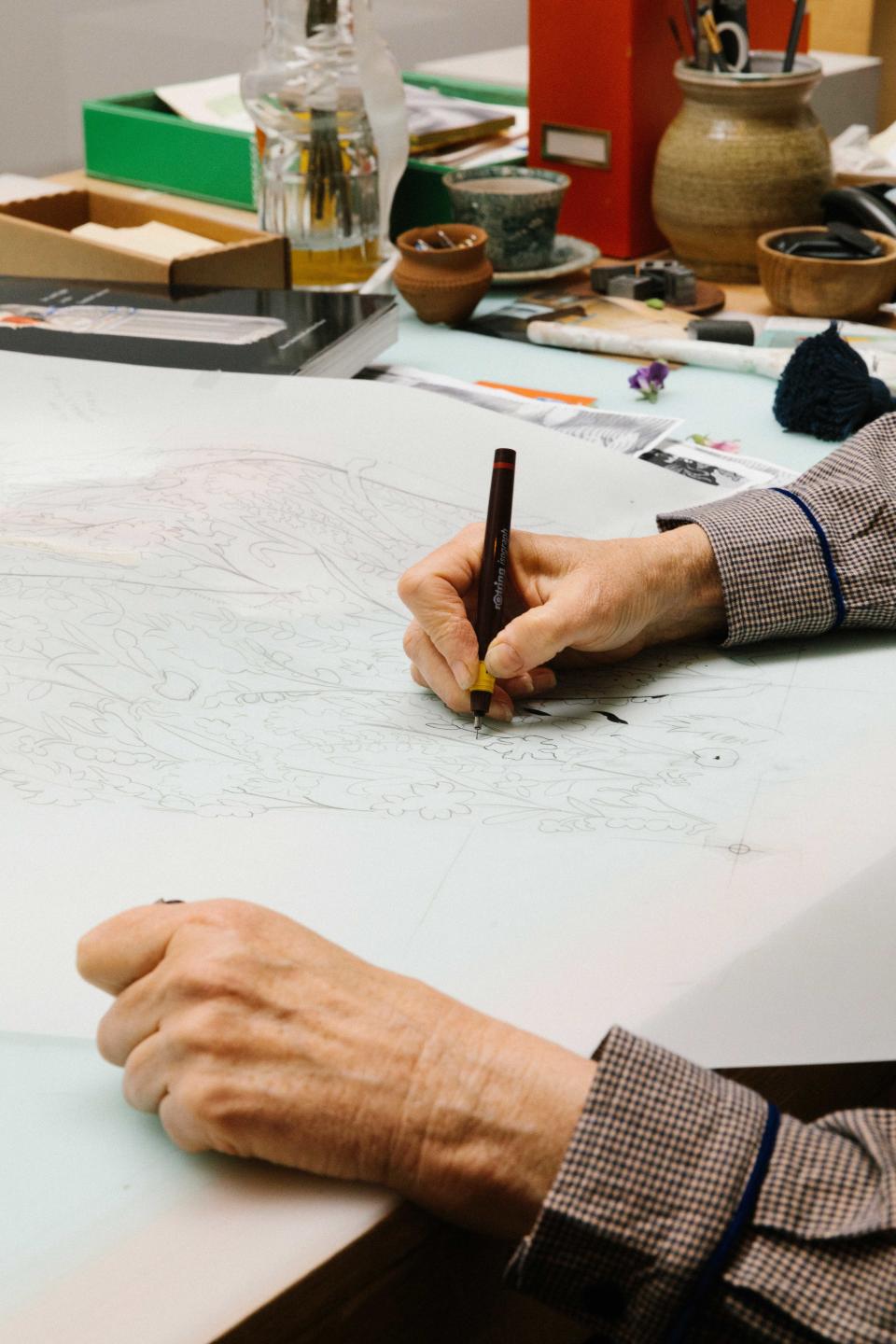
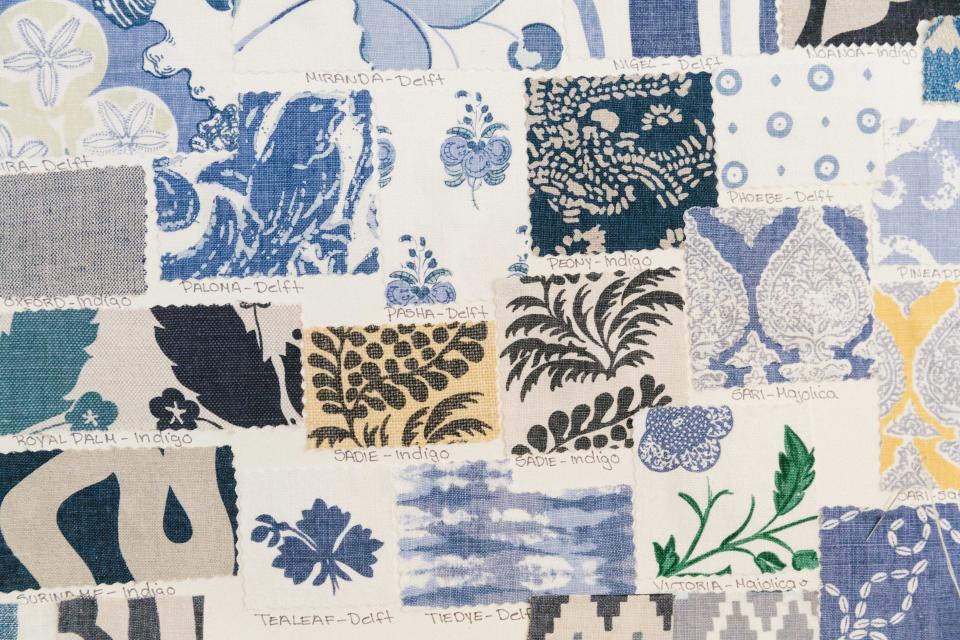
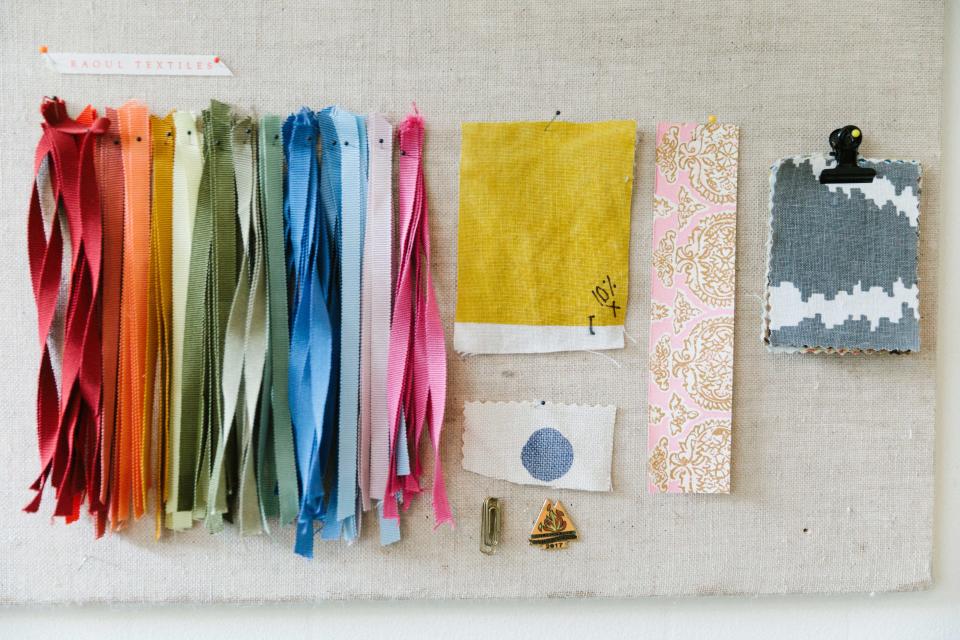
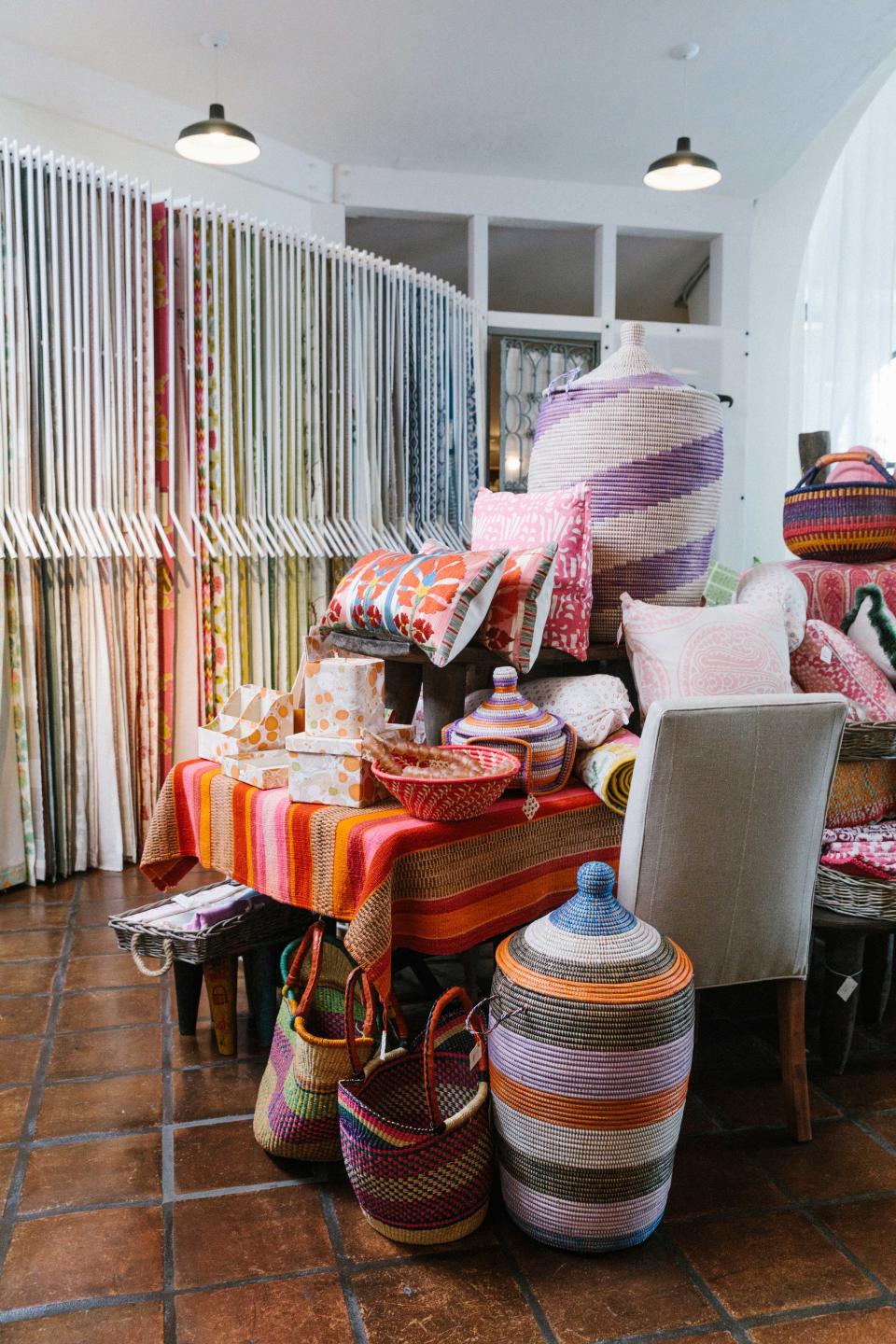
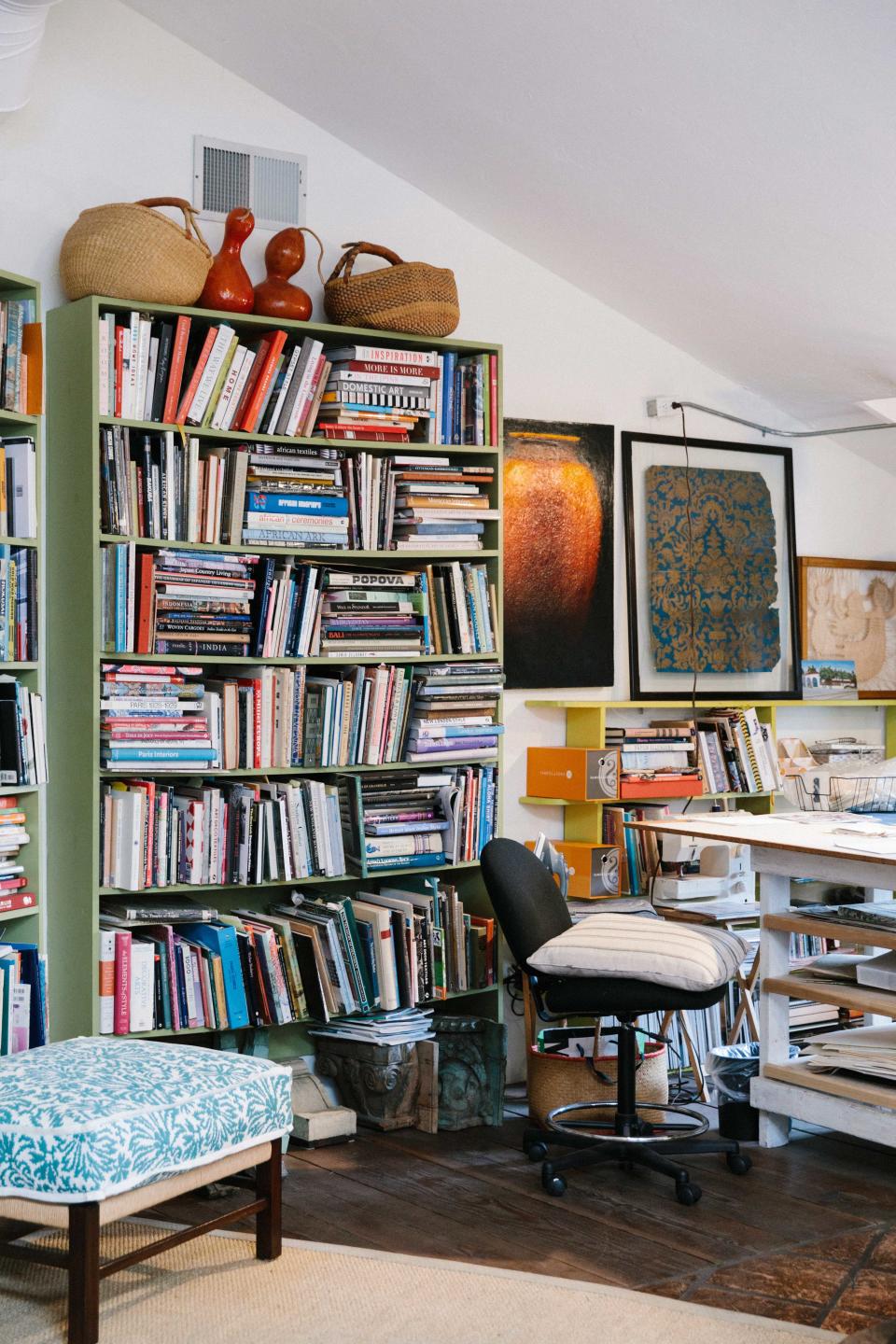
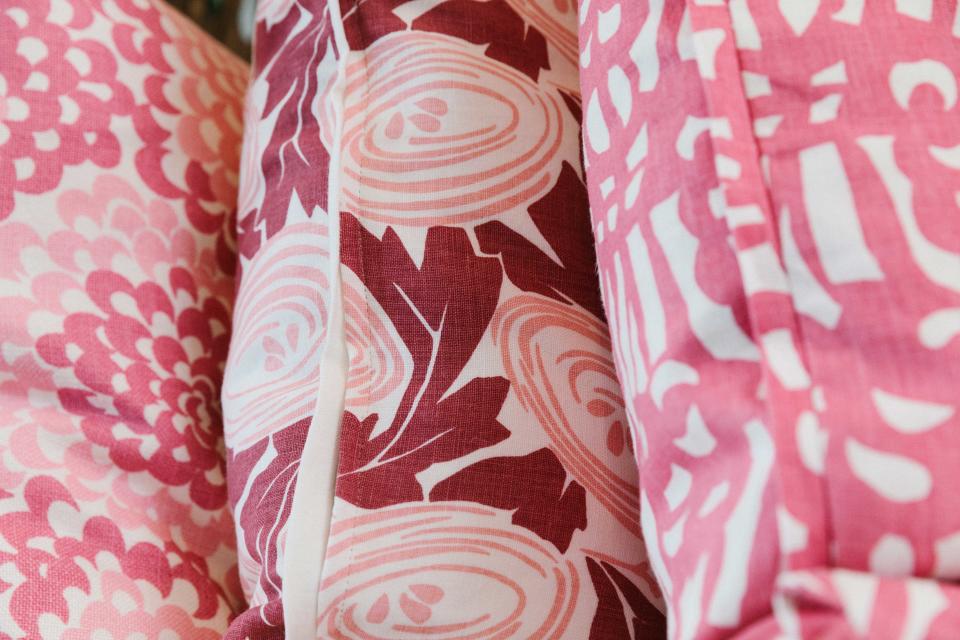
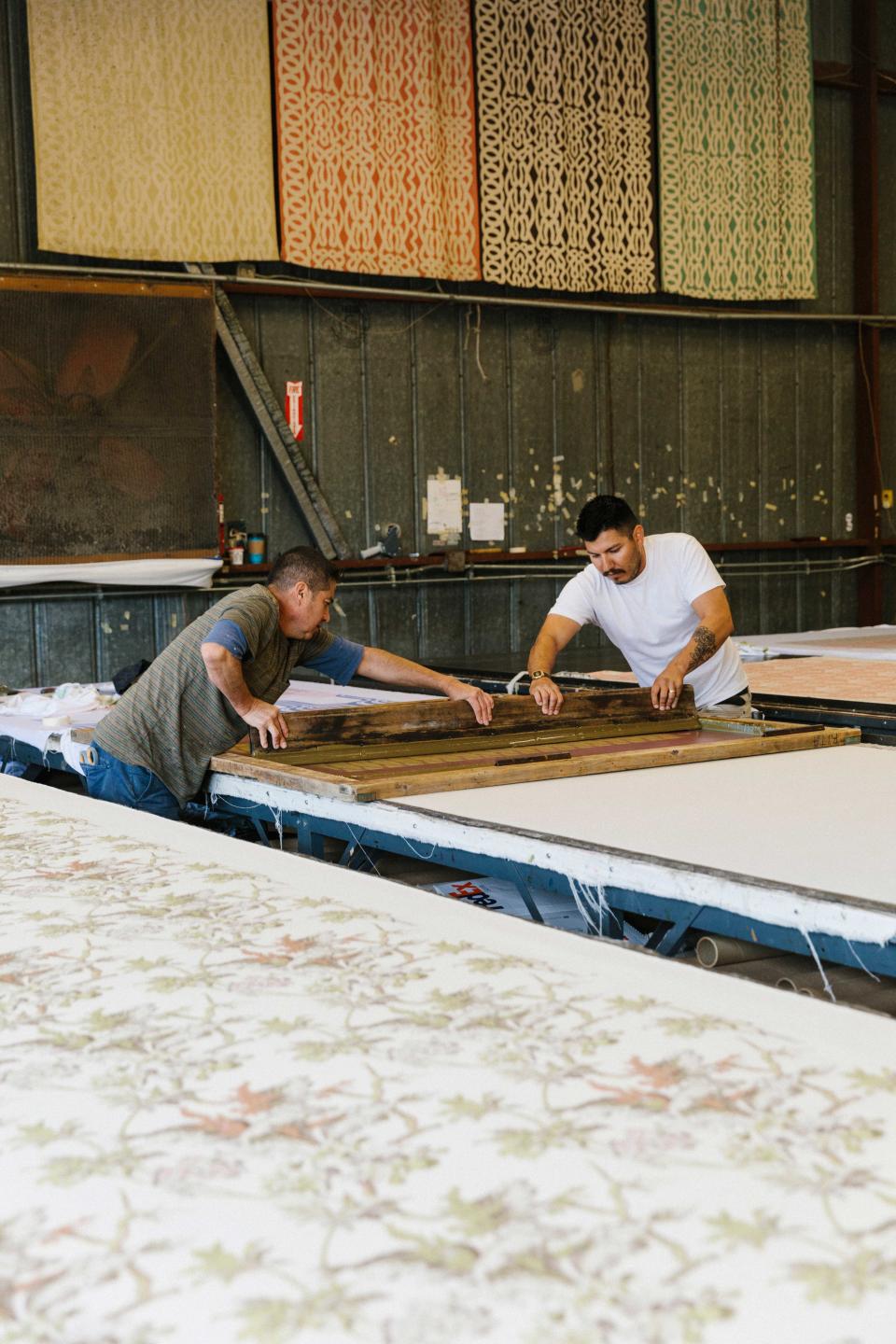
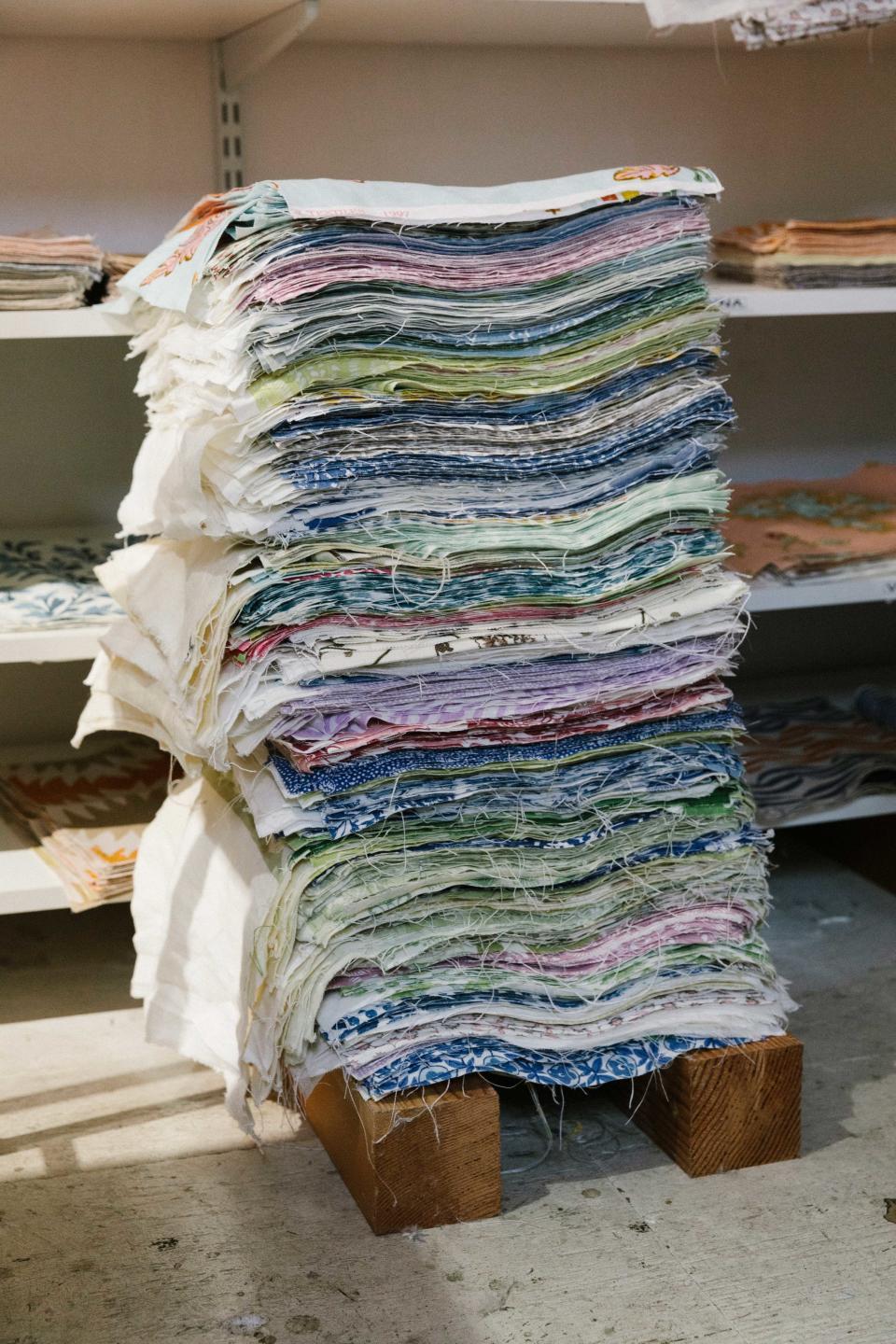
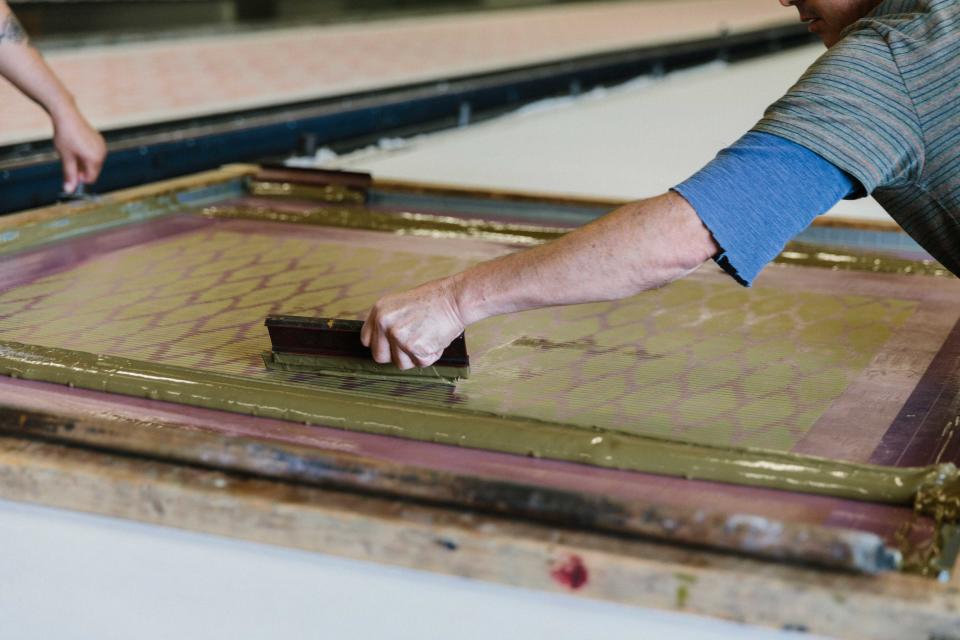
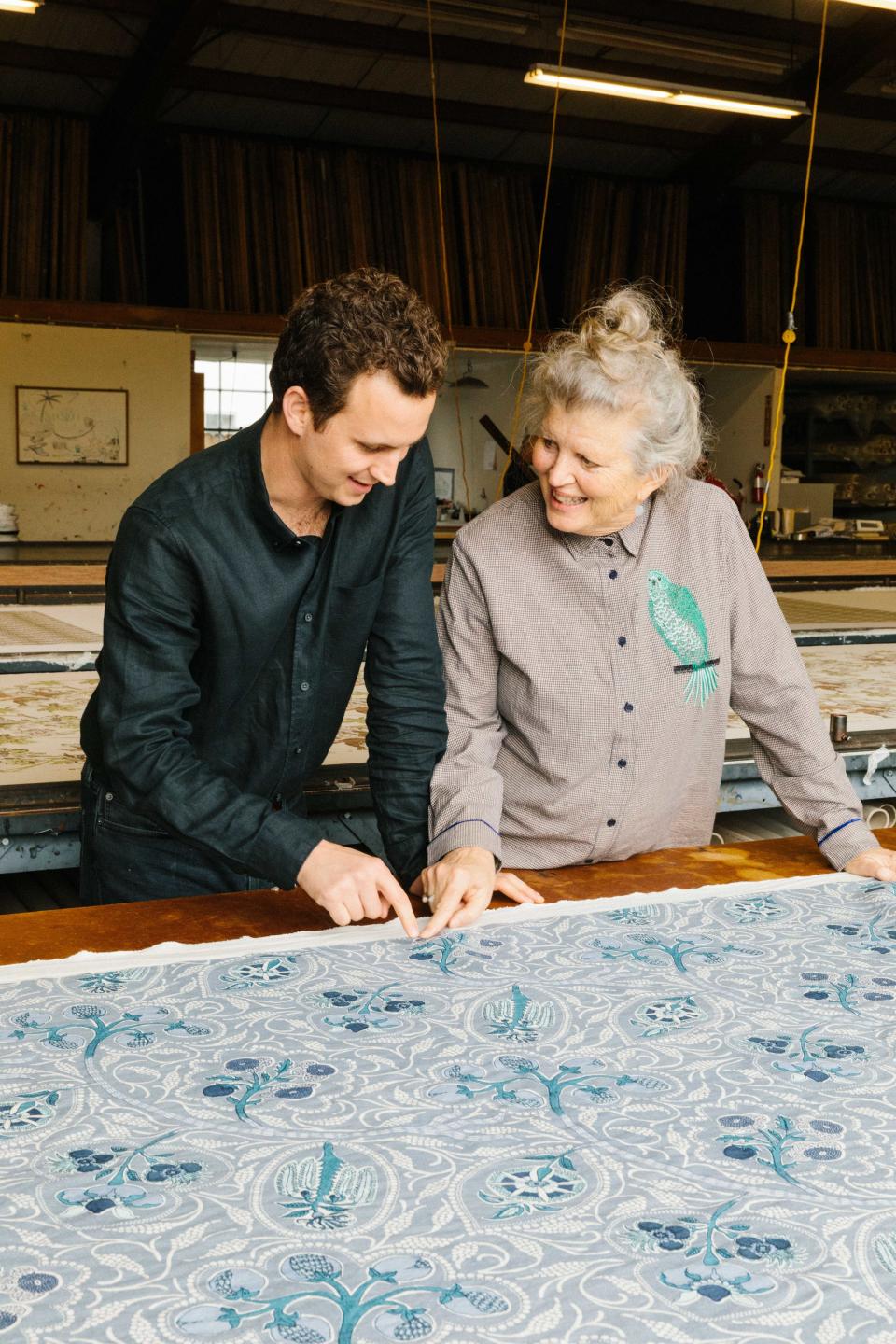
Originally Appeared on Architectural Digest

